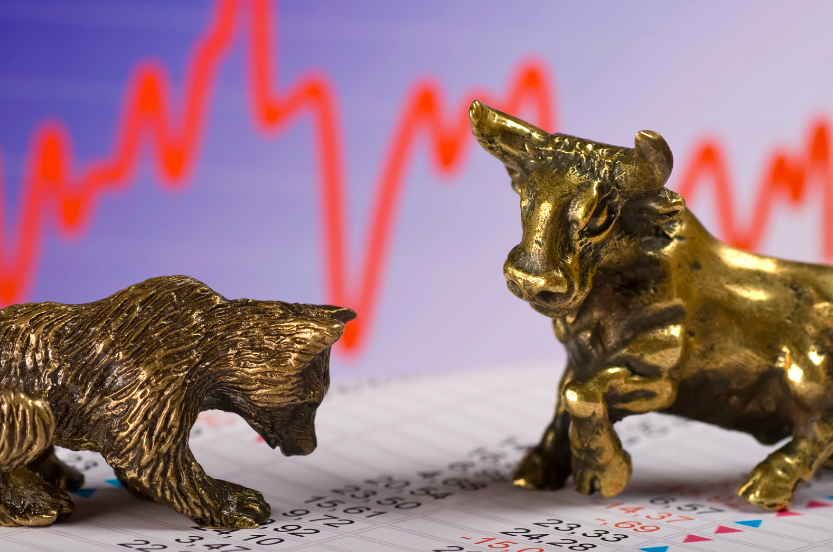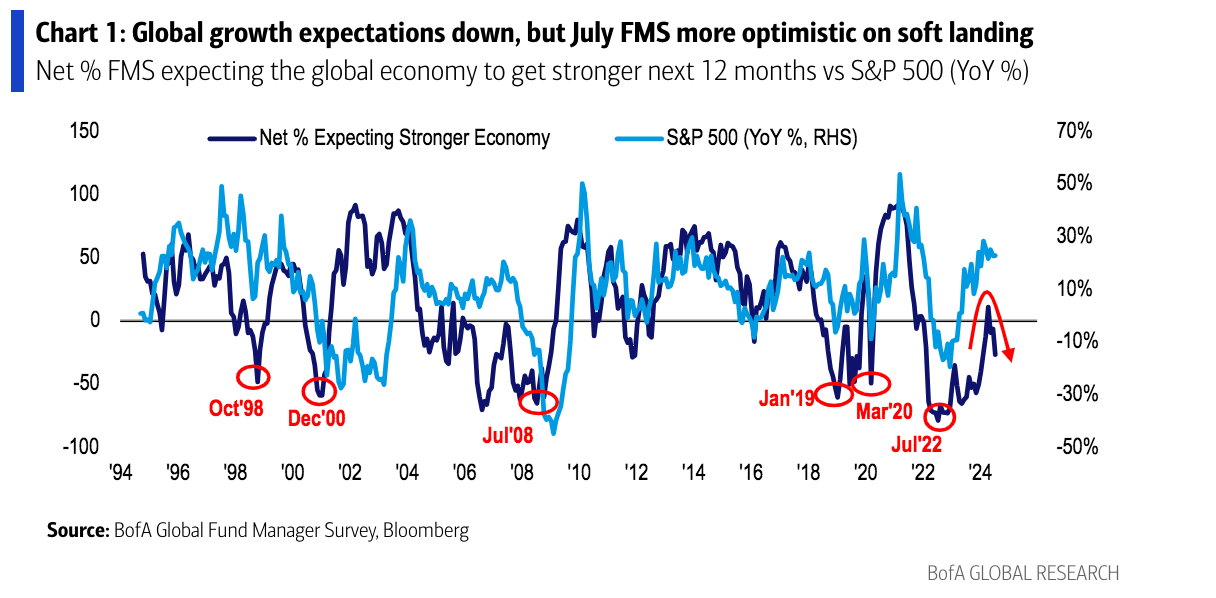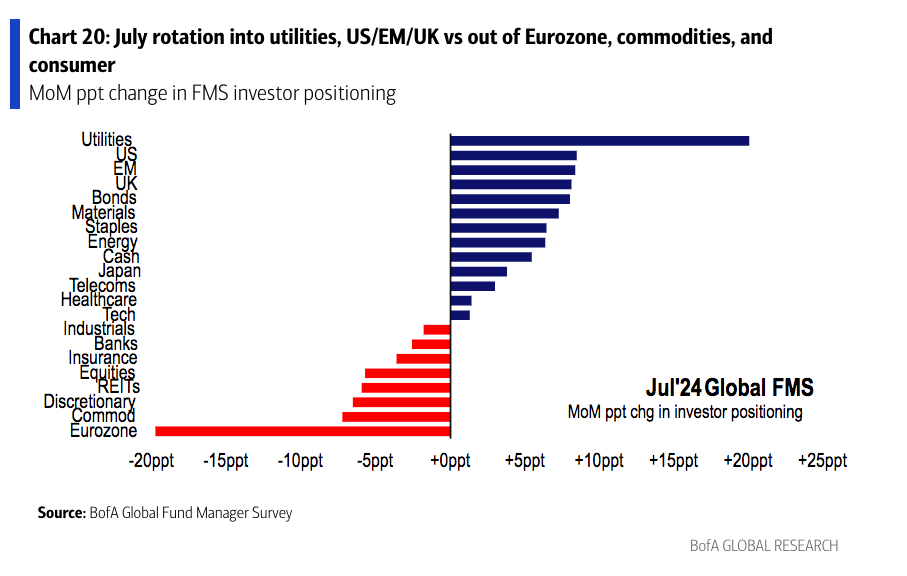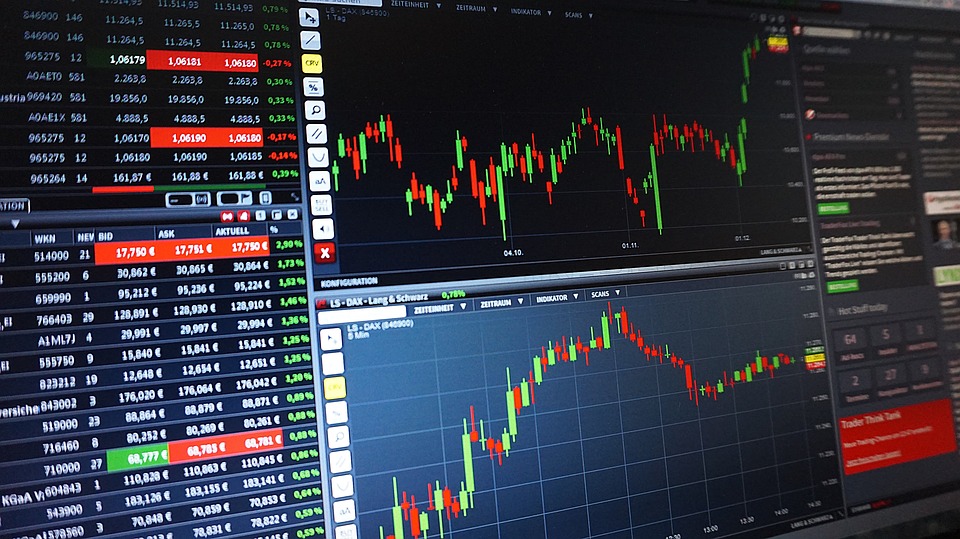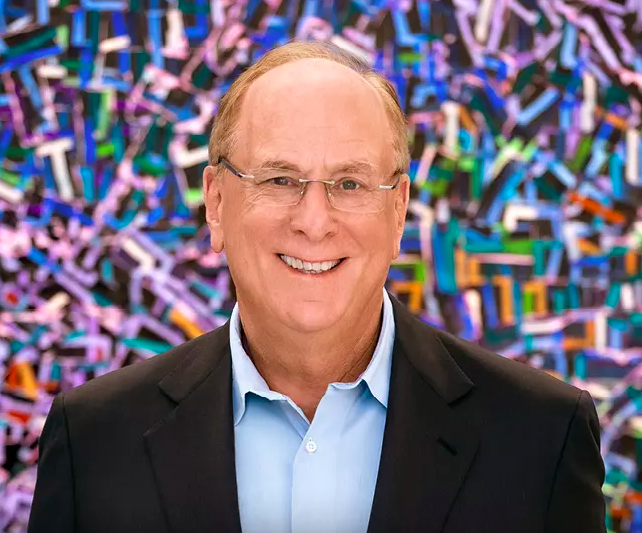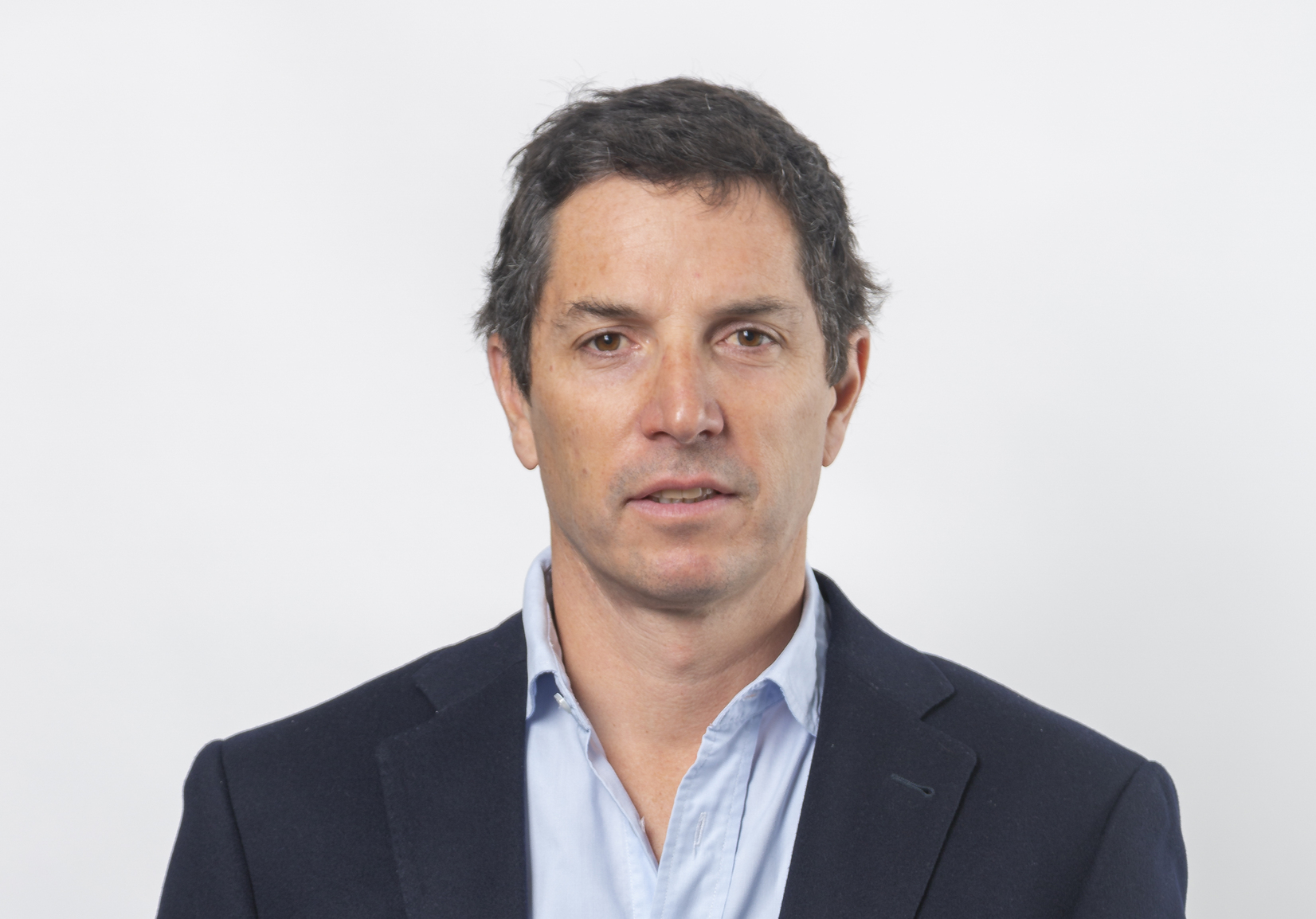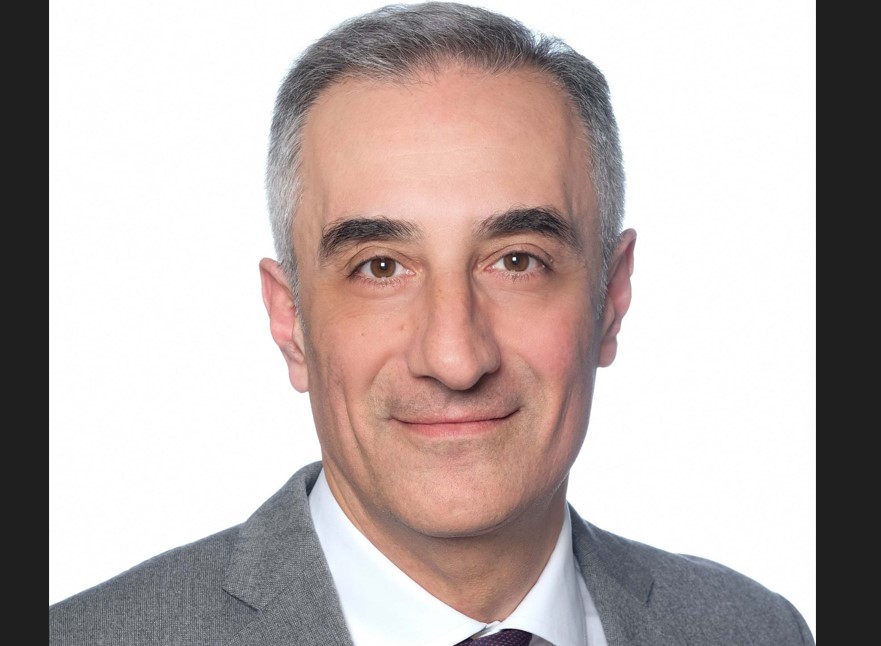The EU’s ESG Regulatory Framework Is Positive, but It Needs Greater Clarity and Improvements
| By Amaya Uriarte | 0 Comentarios

According to a survey conducted by CFA Institute on sustainable finance among investors, the EU’s ESG regulatory framework contributes to an increase in Sustainable Investment but needs greater clarity and improvements. One of the main conclusions of this study is the variety of challenges faced by investors in the EU regarding the disclosure of sustainable finance, the reliability of data, and the complexity of ESG ratings.
“This study represents the views of financial professionals across the ecosystem, from large asset owners to boutique asset managers. One of the reasons we conducted this study is to understand how our members perceive the current EU regulatory regime, which aims to support and promote sustainable investment. We observe mixed opinions on the topic: while there is broad consensus that the EU’s sustainable finance regime is advancing the international agenda, a similar proportion feels that the EU’s efforts are confusing, and the lack of reliable ESG data does not justify the integration of ESG considerations into investment decisions. This is a concerning finding, and regulators need to pay attention to the sentiments of investment professionals,” highlights Josina Kamerling, Head of Regulatory Affairs EMEA at CFA Institute.
In this regard, investors are urging regulators to continue driving the international sustainability agenda but with legislation better adapted to ESG disclosure requirements to ensure alignment with their needs. Regarding the lack of reliable and verifiable data, the report concludes that the rapid implementation timeline of the applicable EU legislation has forced companies and asset managers to provide required disclosures despite the lack of reliable and verifiable data.
A testament to this is that 65% stated that the lack of reliable ESG data was one of the biggest challenges for asset managers in implementing the EU’s SFDR, while 45% consider that the high costs of obtaining ESG data and the lack of skilled personnel with experience to collect and analyze it were other major challenges in implementing the SFDR.
ESG Information
The report reveals that retail investors can be confused by the volume and complexities of sustainability information, making it difficult for them to use it to make appropriate investment decisions. 45% of respondents indicated that the amount and complexity of ESG information often lead to confusion among retail investors when making an investment decision. Specifically, 36% said that the disclosure requirements under Articles 8 and 9 of the SFDR are too complex and make it difficult for retail investors to fully understand the sustainability impact of the funds they are considering investing in.
“The lack of clear definitions in the SFDR has resulted in asset managers and companies interpreting existing rules and standards in various ways, leading to diverse implementation of the EU’s ESG legislation,” the report concludes, noting that 32% expressed that it was difficult to compare ESG products because the required disclosures are not standardized and are not comparable across jurisdictions for retail investors. Furthermore, 37% believe that the regulation of the EU Taxonomy has reached an excessive level of development, resulting in information complexity and confusion among investors and stakeholders.
Recommendations for Regulators
Following the survey’s conclusions, CFA Institute has developed several recommendations for EU regulators to “address the concerns expressed by investors.” These recommendations include:
- Continuing to drive the international sustainability agenda. Focus on developing more step-by-step adapted legislation regarding ESG disclosure requirements and taxonomies to ensure alignment with the needs of financial market participants.
- Providing clear and consistent ESG terminology throughout the sustainable finance legislative framework. Clearer definitions would promote consistency in the implementation of ESG-related legislation and minimize diverse interpretations of rules and standards.
- Considering the challenge posed by unreliable ESG data and the associated costs of collecting ESG data and training personnel for further analysis. Such issues currently limit compliance with the disclosure requirements in the EU’s sustainable finance legislative framework.
- Better clarifying the fund categorization system described in the SFDR for the disclosure requirements under Articles 8 and 9 of the regulation. A clearer approach could reduce the complexity of ESG disclosures for investors and mitigate greenwashing risks.
- Addressing the complexity of ESG ratings and the divergent methodologies used by providers. The introduction of disclosure requirements, as envisaged in the proposed regulation on ESG rating activities, is likely to increase confidence in ESG rating providers and improve the comparability of their assessments.

